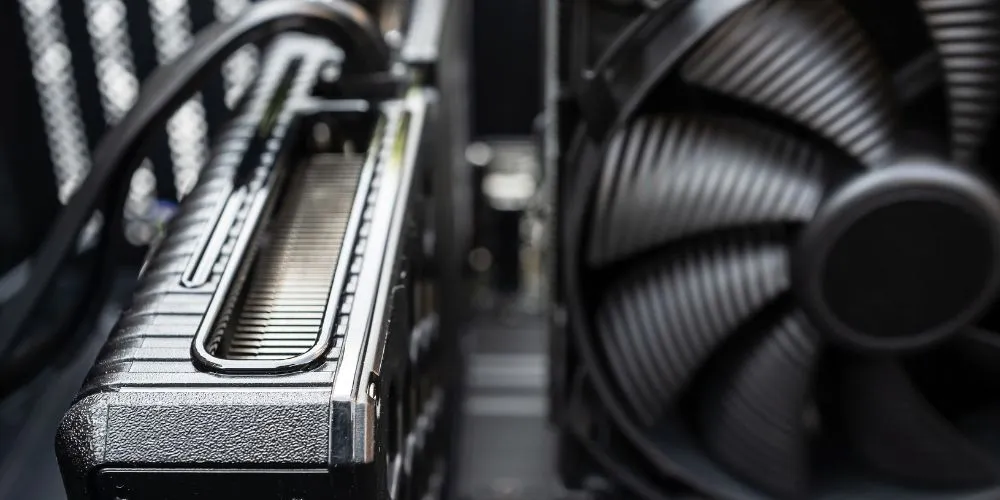Efficient cooling solutions are essential for the optimal performance and longevity of hardware components in various devices, ranging from computers and servers to gaming consoles and mobile devices. As technology advances and devices become more powerful, the heat generated by these components continues to rise, necessitating innovative cooling solutions to prevent overheating and ensure reliable operation. From traditional air cooling to advanced liquid and phase-change cooling systems, the evolution of hardware cooling solutions has been driven by the need for enhanced thermal management and energy efficiency.
Traditional Air Cooling
Air cooling remains the most common and cost-effective method for cooling hardware components, relying on fans and heatsinks to dissipate heat generated by processors, graphics cards, and other components. While air cooling is relatively simple and reliable, it has limitations regarding cooling efficiency and noise levels, especially in high-performance systems where heat dissipation requirements are more demanding. Hardware Cooling Solutions may also struggle to maintain optimal temperatures under heavy workloads or overclocking scenarios, leading to thermal throttling and performance degradation.
Liquid Cooling Systems
Liquid cooling systems offer a more efficient alternative to air cooling, utilizing coolant-filled loops to transfer heat away from hardware components to a radiator or heat exchanger. Liquid solutions can provide superior thermal performance and noise reduction compared to air cooling, making them popular for enthusiasts and overclockers seeking to maximize system performance. However, liquid cooling systems are more complex and require additional maintenance, such as refilling coolant and monitoring for leaks, which may deter some users from adopting this technology.
Phase-Change Cooling
Phase-change cooling represents the pinnacle of hardware cooling solutions, offering unparalleled thermal performance and reliability. Phase-change cooling systems utilize refrigerant gases or liquids to rapidly evaporate and condense, absorbing heat from hardware components and dissipating it through a condenser or heat exchanger. While phase-change cooling is highly effective at keeping hardware temperatures low, it is also the most expensive and complex cooling solution, typically reserved for extreme overclocking enthusiasts or specialized industrial applications where absolute thermal performance is critical.
Conclusion
Hardware cooling solutions are crucial in maintaining electronic devices’ optimal performance and reliability. From traditional air cooling to advanced liquid and phase-change cooling systems, the evolution of cooling technology has been driven by the need for enhanced thermal management and energy efficiency.
While air cooling remains the most common method due to its simplicity and affordability, liquid and phase-change cooling offer superior thermal performance and noise reduction, making them attractive options for enthusiasts and professionals seeking to maximize system performance. As Hardware Cooling Solutions, developing innovative cooling solutions will remain essential to meet the growing demands of increasingly powerful and efficient hardware components.










